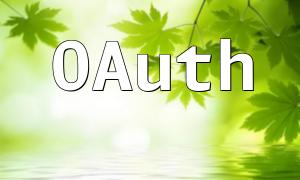In CentOS, PHP is typically installed in the following locations:
/etc/php.ini - The main configuration file for PHP. You can modify this file to adjust various PHP settings.
/usr/bin/php - The PHP command-line interface executable file, which allows you to run PHP scripts directly from the terminal.
/usr/lib64/php/modules/ - The directory that contains PHP extension modules to extend PHP's functionality.
To check if PHP is installed on CentOS, use the following command:
<span class="fun">php -v</span>
If PHP is installed, the system will display the PHP version. If not, you can install it using the YUM package manager.
To install PHP on CentOS, you can use the following command:
<span class="fun">sudo yum install php</span>
After installation, run the php -v command again to confirm the PHP version. You may also need to install some commonly used PHP extensions, such as:
<span class="fun">sudo yum install php-mysqlnd php-xml php-mbstring</span>
To find the PHP extension directory, you can check the php.ini file for the following configuration:
<span class="fun">extension_dir = "YOUR_EXTENSION_DIR_PATH"</span>
This line will specify the location of PHP extension modules.
If you need to modify PHP's configuration, edit the php.ini file. Use the following command to open it:
<span class="fun">sudo vi /etc/php.ini</span>
After making the necessary changes, save and exit the file. Restart the web server to apply the changes:
<span class="fun">sudo systemctl restart httpd</span>
Understanding the PHP installation locations and configuration files in CentOS is crucial for effective website development and deployment. With this guide, you can easily locate and configure your PHP environment for better management.









